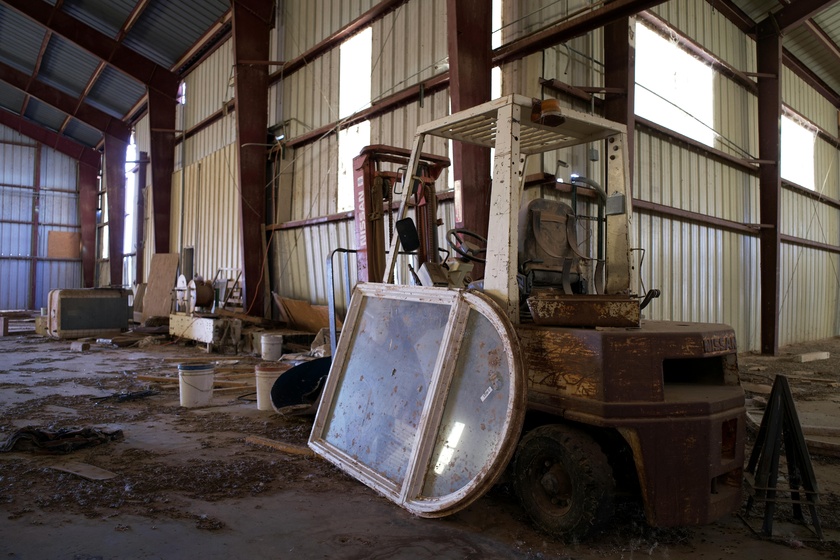In the U.S., around 20% of the population has an STI of some variety. The risk of contracting an STD is dependent on several factors, including geographic location, your demographics, and your lifestyle. In general, individuals who live in more populated areas, such as the South or a large metropolis. In fact, Georgia and Louisiana are among the top 5 states with the most STIs per 100,000. Your risk of STI contraction is further increased by the number of sexual partners you have, with the more you have, the higher your risk of contracting.
So, how can you protect yourself against these risks? Vaccination and post-exposure have varying levels of success, ranging from a 26% risk reduction to a 98% risk prevention. Physical prevention, such as using internal or external condoms, has a 98% risk reduction option. However, the only way to make absolutely sure you don’t have an STI is by getting regularly tested. Fortunately, eNational Testing makes it very easy. By visiting their website, you can easily find a testing center near you and get safely and accurately tested. To make sure that you don’t have an STI, getting tested with eNational Testing centers is the best way to go about it.





















